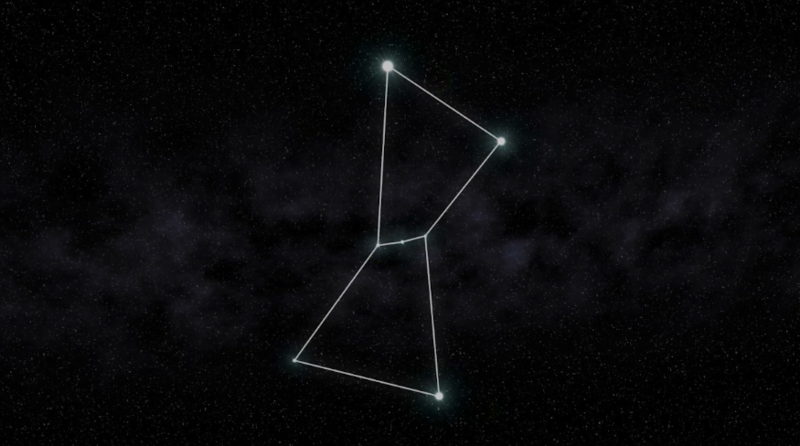8th Grade > Physics
STARS AND THE SOLAR SYSTEM MCQs
Total Questions : 56
| Page 2 of 6 pages
Answer: Option A. -> Statement 1 is correct and Statement 2 is incorrect
:
A
Stars appear to move from East to West. A star which rises in the east in the evening, sets in the west in the early morning like the Sun. This happens because Earth rotates from West to East.
:
A
Stars appear to move from East to West. A star which rises in the east in the evening, sets in the west in the early morning like the Sun. This happens because Earth rotates from West to East.
Answer: Option A. -> The revolution of the Moon around the Earth
:
A
The phases of the Moon, also called the Lunar phases, occur due to the Moon's revolution around the Earth. Due to the Moon's different positions around the Earth, we can see different sections of surface of the moon which are illuminated by the Sun, and which reflect the sunlight toward us.
:
A
The phases of the Moon, also called the Lunar phases, occur due to the Moon's revolution around the Earth. Due to the Moon's different positions around the Earth, we can see different sections of surface of the moon which are illuminated by the Sun, and which reflect the sunlight toward us.
Answer: Option A. -> a comet
:
A
A comet is acelestial object that orbits the Sun along an elongated path. It is mostly made up of dust and ice and has a very long tail. A famous example is the Halley's Comet.
:
A
A comet is acelestial object that orbits the Sun along an elongated path. It is mostly made up of dust and ice and has a very long tail. A famous example is the Halley's Comet.
Answer: Option A. -> True
:
A
The stars are present in the sky during the day-time also. However, they are not visible during the day time because of the bright sunlight.
:
A
The stars are present in the sky during the day-time also. However, they are not visible during the day time because of the bright sunlight.
Answer: Option B. -> 14 days
:
B
The time period between one full moon to its subsequent new moon is about a fortnight; slightly shorter than 14 days.
:
B
The time period between one full moon to its subsequent new moon is about a fortnight; slightly shorter than 14 days.
Answer: Option A. -> Satellite
:
A
A celestial body that revolves around a planet is known as a satellite, or more precisely called a natural satellite. A natural satellite is also simply called a moon. Most of the planets in our Solar system have moons. Earth is a planet with a natural satellite, and many artifical (man made) satellites.
:
A
A celestial body that revolves around a planet is known as a satellite, or more precisely called a natural satellite. A natural satellite is also simply called a moon. Most of the planets in our Solar system have moons. Earth is a planet with a natural satellite, and many artifical (man made) satellites.
Answer: Option B. -> False
:
B
Every part of the Earth can witness different phases of the moon. The reason for the phases of the moon is the revolution of the moon around the Earth. So at different parts of the Earth, different phases are visible at an instant, but every part of the planet will be able to see all the phases of the moon.
:
B
Every part of the Earth can witness different phases of the moon. The reason for the phases of the moon is the revolution of the moon around the Earth. So at different parts of the Earth, different phases are visible at an instant, but every part of the planet will be able to see all the phases of the moon.
Answer: Option A. -> False
:
A
Constellations are a group of stars that form recognizable shapes in the sky. Our solar system consists of only one star, i.e.,Sun. Thus,constellations are not apart of oursolar system.
:
A
Constellations are a group of stars that form recognizable shapes in the sky. Our solar system consists of only one star, i.e.,Sun. Thus,constellations are not apart of oursolar system.
Answer: Option B. -> East to West
:
B
The Earth rotates toward the East, that makes the Stars appear to move from East to West. They don't really move only appear to move East to West.
:
B
The Earth rotates toward the East, that makes the Stars appear to move from East to West. They don't really move only appear to move East to West.

















